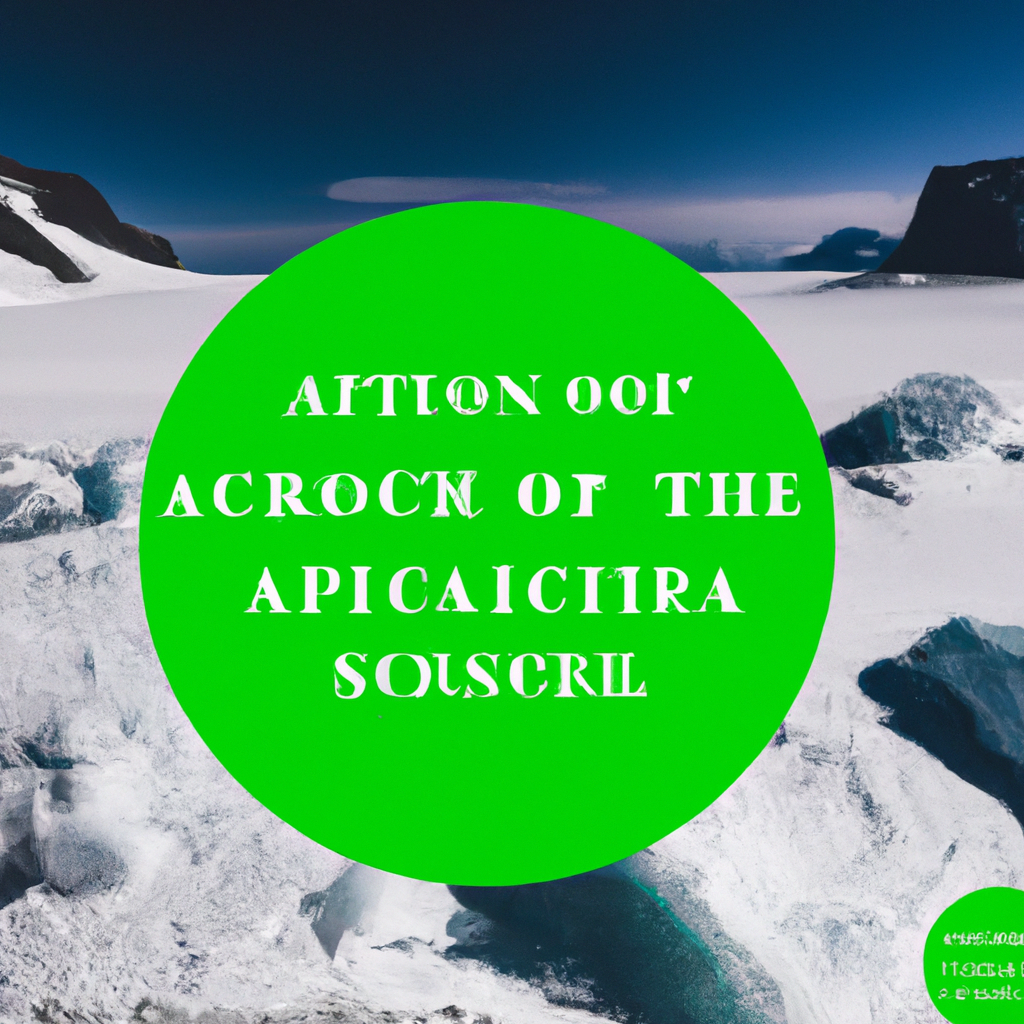Discover the hidden gems of Traditional Antarctic Cuisine as we delve into the unique delicacies that grace the icy continent’s dining tables. From hearty stews to fresh seafood surprises, explore the fascinating flavors that define culinary traditions in Antarctica.
the history of traditional antarctic cuisine
Antarctic Flavors: An Introduction to the Region’s Culinary Heritage
Antarctica, the icy continent at the southernmost tip of the Earth, may not be the first place that comes to mind when thinking about cuisine. However, the region boasts a rich culinary heritage shaped by its unique environment and the resourcefulness of its inhabitants. Traditional Antarctic recipes offer a glimpse into a world where ingredients are scarce, but creativity abounds.
Iceberg Lettuce Salad with Snow Crab
One of the signature dishes of Antarctic cuisine is the Iceberg Lettuce Salad with Snow Crab. This refreshing salad combines freshly harvested iceberg lettuce with succulent snow crab meat, creating a light and flavorful dish that celebrates the purity of Antarctic ingredients. The cold, crisp lettuce contrasts beautifully with the sweet and delicate crab meat, offering a taste of the pristine Antarctic waters.
Seal Stew with Root Vegetables
Seal stew is a hearty and comforting dish that has been a staple in Antarctic cuisine for generations. Made with tender seal meat slow-cooked with an assortment of root vegetables such as potatoes, carrots, and turnips, this stew is a warming meal perfect for the harsh Antarctic winters. The flavors meld together beautifully, creating a dish that nourishes both body and soul.
Blubber Pancakes with Berry Compote
For a unique twist on a classic breakfast favorite, try Blubber Pancakes with Berry Compote. Blubber, sourced from seals or whales, is a traditional ingredient in Antarctic cuisine, known for its rich flavor and high energy content. These pancakes, fried to golden perfection, are served with a tangy berry compote made from locally foraged berries, creating a delightful combination of sweet and savory flavors.
Exploring Antarctic Culinary Traditions
Exploring Traditional Antarctic Recipes is not just about the food itself but also about the stories and traditions that accompany each dish. From the inventive use of limited ingredients to the spirit of sharing meals in a tight-knit community, Antarctic cuisine reflects the resilience and ingenuity of those who call this frozen continent home.
Conclusion: Savoring the Flavors of Antarctica
Embarking on a culinary journey through the traditional recipes of Antarctica offers a unique opportunity to experience the essence of this remote and mysterious land. From fresh seafood delicacies to hearty stews, each dish tells a story of survival, adaptation, and the unbreakable bond between food and culture in the harshest of environments. Exploring Antarctic Cuisine is not just about tasting new flavors; it’s about immersing yourself in a world where food is more than sustenance—it’s a celebration of life itself.
unique ingredients found in antarctic dishes
antarctica, known for its icy landscapes and unique wildlife, also boasts a fascinating culinary tradition rooted in the use of local ingredients that are essential to surviving in such a harsh environment. Let’s explore the unique ingredients that are commonly found in antarctic dishes.
antarctic krill: a staple in antarctic cuisine
antarctic krill, tiny shrimp-like creatures abundant in antarctic waters, are a key ingredient in many traditional antarctic dishes. Rich in protein and omega-3 fatty acids, krill provide essential nutrients for those living in this extreme environment. They are often used in soups, stews, and even grilled dishes, adding a distinct seafood flavor to antarctic meals.
antarctic moss: a surprising addition to antarctic cuisine
antarctic moss, a type of resilient plant that grows in the rocky terrain of antarctica, is used as a unique ingredient in some antarctic dishes. With its earthy flavor and high nutritional value, antarctic moss is often incorporated into salads, sauces, and even bread recipes, offering a fresh and unexpected twist to traditional antarctic cuisine.
seal meat: a traditional antarctic delicacy
seal meat has long been a staple in antarctic cuisine, providing a source of protein and essential nutrients for those living in this challenging environment. Inuit communities in antarctica have been hunting seals for centuries, using every part of the animal in their dishes. Seal meat is often prepared in stews, smoked, or dried, offering a rich and flavorful addition to antarctic meals.
antarctic lichen: a versatile antarctic ingredient
antarctic lichen, a type of fungus that grows on rocks and ice in antarctica, is a versatile ingredient used in antarctic cuisine. With its unique texture and mildly earthy flavor, antarctic lichen is incorporated into various dishes such as soups, sauces, and even desserts, adding a touch of wilderness to antarctic gastronomy.
In conclusion, antarctic cuisine is a fascinating blend of tradition and innovation, with unique ingredients that reflect the diversity and resilience of the antarctic region. From krill and moss to seal meat and lichen, these distinctive ingredients contribute to the rich culinary heritage of antarctica, offering a taste of the unique flavors found in this icy continent.
cooking techniques used by antarctic chefs
Antarctica, known for its breathtaking landscapes and extreme weather conditions, is not usually associated with culinary delights. However, the chefs who work in Antarctic research stations have developed unique cooking techniques to create delicious and nourishing meals in this challenging environment.
antarctic ingredients: a limited but diverse selection
One of the key challenges for Antarctic chefs is the limited supply of fresh ingredients. With no farms or markets nearby, chefs rely on preserved and frozen food supplies that are shipped in periodically. Despite these limitations, Antarctic cuisine manages to incorporate a diverse range of ingredients, including:
- Dehydrated vegetables: Essential for adding flavor and nutrients to meals.
- Canned meats: A staple source of protein for Antarctic residents.
- Smoked fish: Provides a unique taste that can elevate dishes.
creative cooking techniques in antarctica
Antarctic chefs have mastered innovative cooking techniques to make the most of their ingredients and create satisfying meals. Some of the techniques commonly used include:
- One-pot meals: Due to limited cooking space and resources, chefs often prepare dishes that can be cooked in a single pot or pan, minimizing cleanup and conserving energy.
- Dehydrated food rehydration: Chefs skillfully rehydrate dehydrated ingredients to maintain their texture and flavor, ensuring that meals are both nutritious and delicious.
- Outdoor grilling: When weather conditions permit, chefs take advantage of outdoor grilling to add a smoky and barbeque-like flavor to their dishes, enhancing the dining experience for residents.
emphasis on nutrition and sustainability
In a harsh environment like Antarctica, maintaining a balanced diet is crucial for residents’ health and well-being. Antarctic chefs prioritize nutrition and sustainability in their cooking, ensuring that meals are not only flavorful but also packed with essential nutrients to support the demanding lifestyle of those living and working in the region.
By incorporating locally sourced ingredients when possible and creatively utilizing the limited resources available, Antarctic chefs demonstrate their commitment to creating meals that are not just sustenance but a source of comfort and enjoyment in an otherwise challenging environment.

